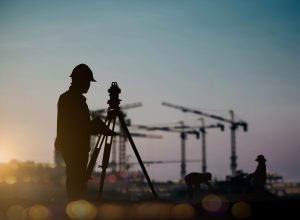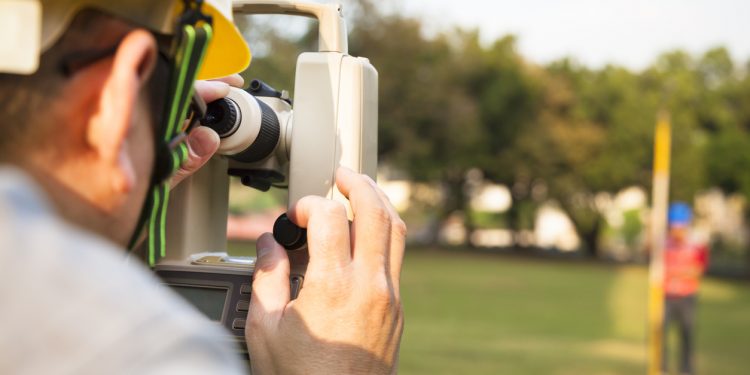Historians marvel at what early man could accomplish thousands of years ago in terms of architectural feats. Pyramids and bridges and huge cathedrals, and all without modern cranes and heavy-duty equipment. Though most experts agree that what the ancient people had to really assist them was equipment that allowed them to survey the land. By ensuring that every single surface and angle was level and true, early people could take their time to build great monuments that still last to this very day. The precision of the construction was far more important than the size or materials, and that is still true today.

No matter what it is we’re building today, things have to be precise to the millimeter to ensure that our construction lasts, and this is where land surveying equipment comes into plan. Though not everyone knows just how far this category reaches. There are dozens of types of equipment used to survey land for construction. We’re going to go over three of the main types of this equipment below.
3 Main Types of Equipment for Land Surveys
1: Levels (Lasers and More)
Levels are far and away, the most common type of equipment that you’re going to find when dealing with land surveying techniques. You will typically find these used on tripods, where a laser is sent to a receiver. The accuracy of these devices is truly amazing. Over longer distances, these devices even calculate for the ever so slight curvature of the planet to make accurate readings to a nano level.
The basic gist with these devices is that a level will determine any differentiation between two points at any sort of elevation. They come in a wide variety of shapes, sizes, and functions, with the two main types being optical or digital. The hardest part of using this equipment is calibration. Once they’re properly calibrated, they can measure level lines as soon as they’re put into position and triggered. They’re fantastic pieces of surveying equipment.
2: Theodolites and Transits
Another main type of land surveying equipment would be transits and theodolites. These devices are used to measure angles that are vertical and horizontal. It’s not just land that needs to be measured to ensure it is level; it’s also corners of buildings and floors and stairwells and elevator shafts, etc. These tools have an accuracy of one minute of angle, which means they’re incredibly accurate at measuring. The theodolite can measure angles to one-tenth of a second angle. For land surveyors and people who deal with angles, they realize just how accurate that is.
These devices are also built using some of the most quality materials you could imagine. For instance, some of the best transit devices are constructed using rare earth magnets and sapphire bearings. The techniques used to build these devices are as impressive as the devices themselves.
3: Clinometers and Compasses
Compasses are used for a lot and have been around for thousands of years, though you might be surprised to learn that they come in handy for a lot of surveying tasks. There’s nothing much special to write about compasses. We all know how they work. In surveying land, they’re used to measure the distance between two points, and they’re one of the most popular pieces of equipment used by surveyors.
Clinometers, on the other hand, are a little more mysterious to most people, and a lot more impressive than a mere compass. Clinometers don’t measure distance but the angle of elevation of slopes. Obviously, not all land is level, so it has to be worked around somehow. This is where a clinometer can come in handy by giving incredibly accurate measurements of the angles of the slopes involved with the land. These two items, compasses, and clinometers are grouped together because they’re typically used in conjunction with one another when surveying.
Final Words
You already know that there are many different types of equipment used in this profession for people who deal with surveying. There are plenty of other pieces of surveying equipment we could have covered here. The three listed above are just the main types used.





